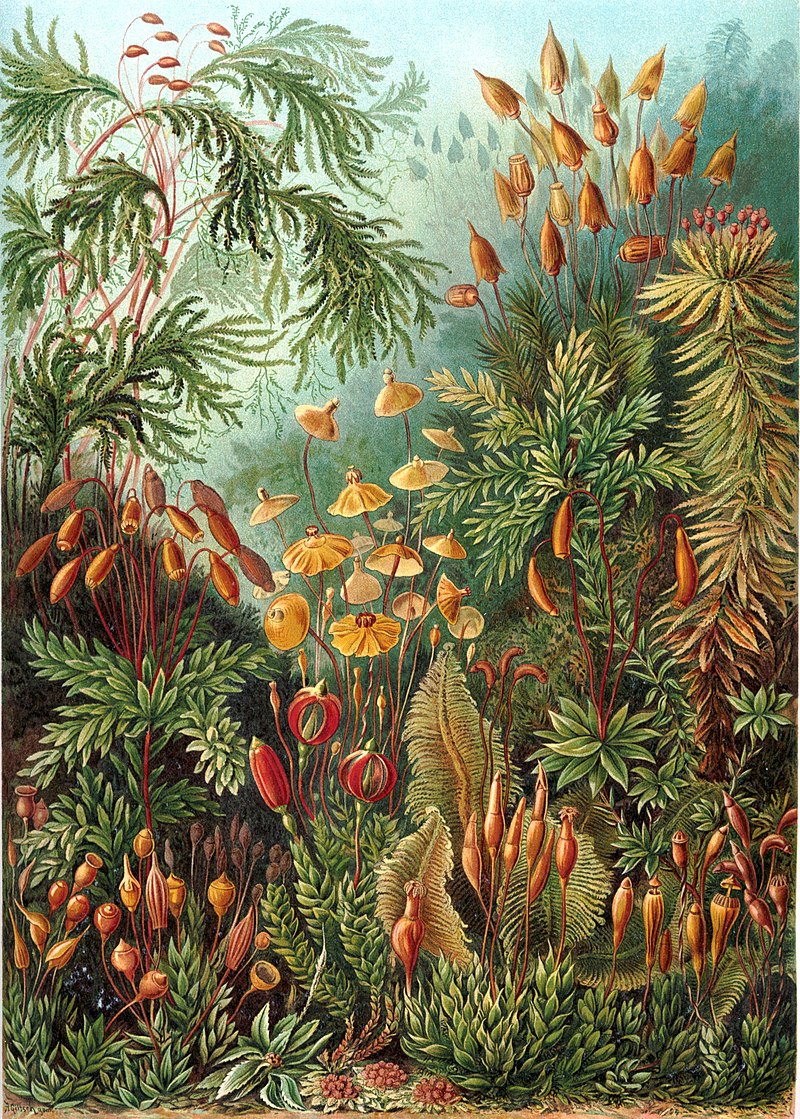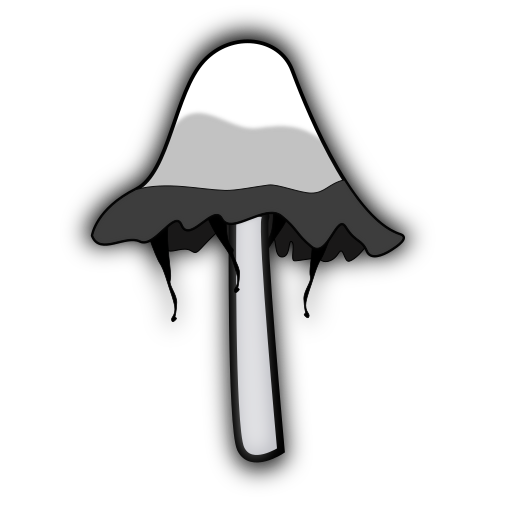

Thanks, that would be appreciated if you have the time. It would have been pretty frosty this morning and a pretty mild day for sun so these are probably well hydrated. I’ll see if I can go grab a sample tomorrow after work.
Amateur mycologist and lichenologist (emphasis on the amateur)


Thanks, that would be appreciated if you have the time. It would have been pretty frosty this morning and a pretty mild day for sun so these are probably well hydrated. I’ll see if I can go grab a sample tomorrow after work.

Just checked my iNat and yep, striped coral orchid.
This was really great, thanks for posting. I could listen to Cory talk for hours.
I find that the timing has to be just right for your location. We find them usually beginning or middle of june, sometimes later, but most people associate them with the month of may as in the “may mushroom” and see people south of our location finding them earlier, even april. These morels grow right up against my house so its a warmer and wetter microclimate so you won’t find them in the mountains yet because it hasn’t warmed up enough. We also check our spots a couple times a week, especially after finding them in the garden. I look for Verpas, a morel lookalike that fruits usually a couple weeks before we find the real morels. I also take in to consideration other things like precipitation, previous winter’s snow fall, and how hot the spring has been in my area.


Interesting to see so many squamules/lobes growing up the side of the podetia
We see them most years but they’re very spotty when the spring is abnormally hot or there wasn’t much snowfall.


The spore isolation thing would definitely be a bit of a hassle, there’s probably a better way but it would be neat to see how it goes.
Its an excellent book, pretty easy to digest for the most part and answered a lot of my burning questions when I just could not find the answers online.
Podetia usually don’t produce spores themselves, spores are produced in the apothecia but you can see some in this photo rimming the cup shapes so could be the case for some species.


This is awesome! Something I do when putting lichen under the scope is take a small section and smash it up against a stainless steel tray with the back of a scalpel handle, kind of like a mortar and pestle. I just do this because I’m lazy but it actually dislodges a decent amount of the algae from the hyphae. I wonder if you could then do something similar to spore isolation under the microscope with a capillary tube (I’ve never tried but here’s a video ). This is really cool and I’m so glad you shared this. There is a section in Lichen Biology by Thomas Nash on cultivating lichens in the lab.
Thanks!
That’s fine, no experience needed. I am actually not all that great at ID either, I just know the most common species in my area.


Very nice pic, here’s the link: https://mander.xyz/c/Lichen
You’re welcome! I never expected to love lichens as much as I do. So much to learn about them and sometimes it takes a quite a bit of digging which is always keeps me searching and learning.


Should be up now, I kept it simple and just called it ‘Lichen’


Awesome, will do! Thanks


I wasn’t sure if it was kosher to just start a community or if it had to be approved and whatnot.


We could do with a lichen community, just saying. Definitely fits within mycology but lichenology can easily stand on its own.


Nice, they sort of grow around my area but are very elusive


We have a fruiting chamber set up, its an old grow tent with ventilation, lights and a fogger. Honestly, if I wasn’t for the heavy spore load I would say this would grow well on a counter top. This is my first reishi grow so I am not very experienced with this species so take that with a grain of salt.
deleted by creator